Experience relaxation and peace in your Barrington backyard with our proven mosquito control solution. Trusted by families in Barrington, our innovative approach not only reduces mosquito activity but also establishes a durable barrier tailored to your outdoor environment. Mosquito Shield of Strafford County is dedicated to enhancing your outdoor spaces, so you can enjoy them without interruption.
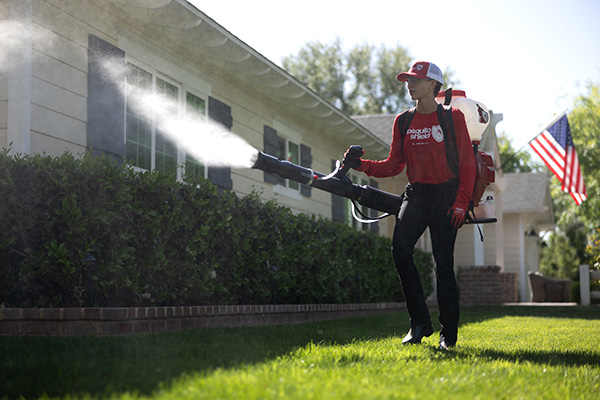
Effective mosquito control in Barrington, that drives mosquitoes away and keeps them out of your yard.

Enjoy mosquito-free outdoor time in Barrington with treatments designed to provide lasting results.
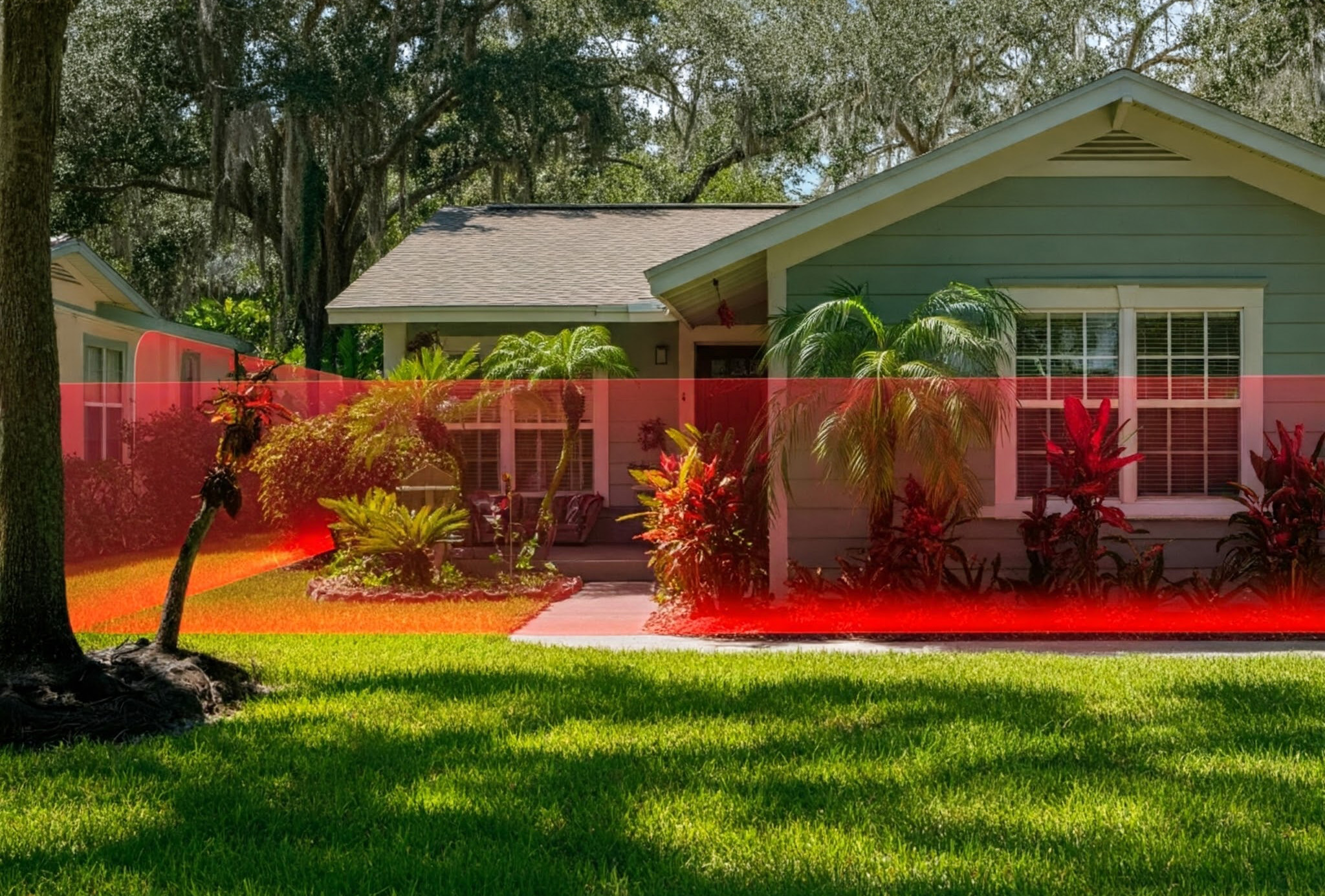
Highly rated mosquito control services in Barrington, trusted by residents to enhance outdoor living.
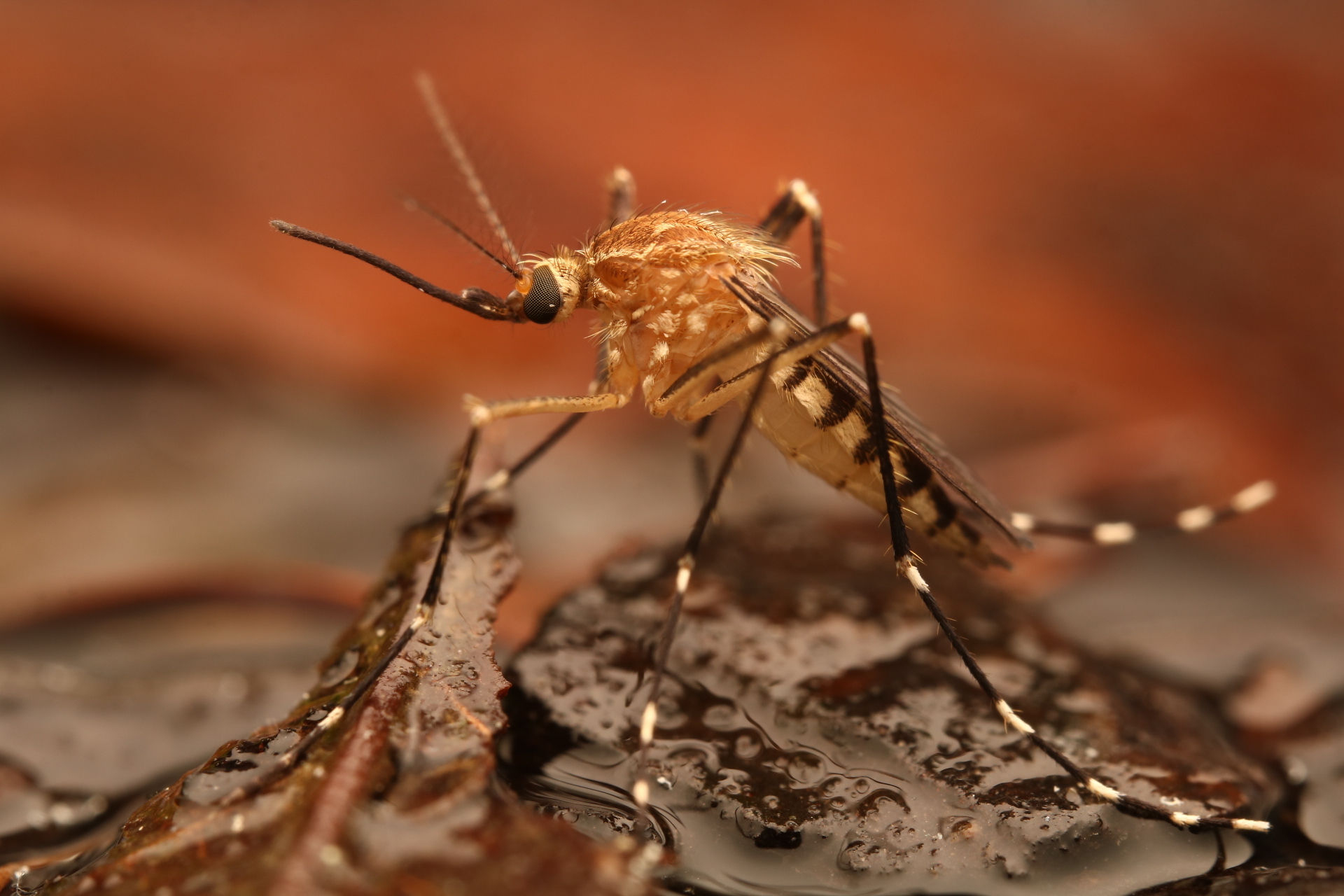
Identification: Dark mosquito with white bands on the legs and a white-scaled abdomen.
Habitat: Frequently found in Strafford’s forested wetlands and temporary woodland pools that form after spring rains.
Behavior: Active during the day; prefers shaded, wooded areas.
Health Risks: Known to cause itchy bites and may carry Eastern Equine Encephalitis (EEE) in the Northeast.
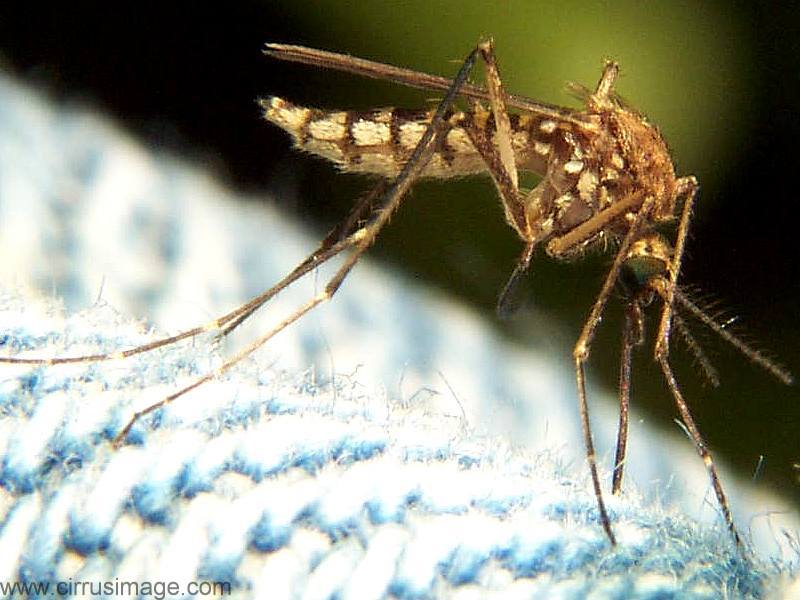
Identification: Brownish mosquito with white banding on the legs and abdomen.
Habitat: Common after heavy rain; breeds in floodwaters, roadside ditches, and wet fields.
Behavior: Aggressive twilight and evening biter.
Health Risks: Not a major disease carrier in New Hampshire but can cause significant discomfort.
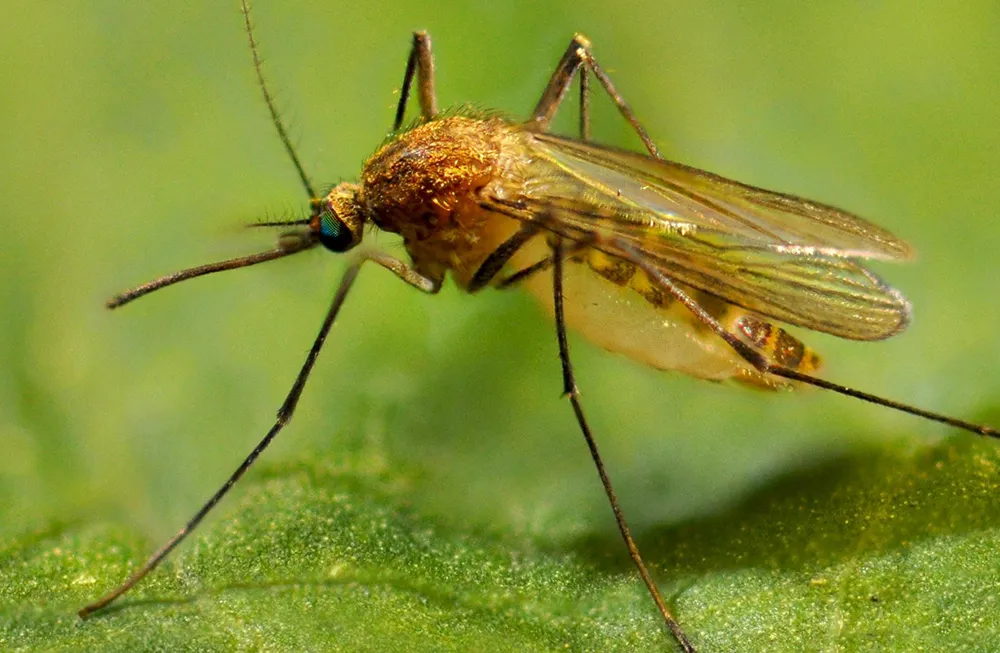
Identification: Light brown with darker abdominal bands.
Habitat: Breeds in stagnant water—rain barrels, gutters, catch basins, and old containers.
Behavior: Bites at night; often found near homes.
Health Risks: Can transmit West Nile virus and other arboviruses in the Northeast.

Identification: Slender, dark mosquito with speckled wings and long legs.
Habitat: Prefers clean, slow-moving water like streams and spring-fed ponds common in rural Strafford.
Behavior: Most active at dusk and dawn.
Health Risks: Former malaria vector; still causes itchy bites and thrives in semi-rural areas.

Barrington, New Hampshire, is a picturesque town in Strafford County known for its peaceful rural landscapes, strong community spirit, and abundant natural beauty. Residents and visitors enjoy outdoor attractions such as Swain’s Lake, Nippo Lake, and the expansive trails of the Barrington Town Forest. However, the combination of lakes, wetlands, and dense woodlands creates ideal conditions for mosquito and tick activity, particularly during the warmer months.
Barrington’s blend of open spaces, water features, and wooded areas provides an environment where mosquito populations can thrive.
Health concerns in Barrington include mosquito-borne illnesses such as West Nile Virus and Eastern Equine Encephalitis (EEE), as well as tick-borne diseases like Lyme disease. These risks emphasize the importance of proactive pest management to protect the health and enjoyment of the town’s outdoor spaces.
To address these challenges, Barrington has adopted measures such as:
As a trusted mosquito control company, we work closely with Barrington residents to reduce mosquito activity through proven treatments and expert guidance. Regular professional mosquito treatments, paired with community-led efforts, are essential to preserving Barrington’s charm and ensuring it remains a safe and enjoyable place to live, work, and play.

The weather in Barrington, New Hampshire, plays a significant role in seasonal mosquito and tick activity. Warm, humid summers create ideal conditions for mosquitoes, especially after heavy rains that leave standing water in low-lying areas. Ticks are most active during spring and fall, thriving in moderate temperatures and the town’s dense forests and grassy areas. While Barrington’s cold winters provide some relief, the spring thaw often leads to increased mosquito activity as water collects in wetlands and shaded spaces.

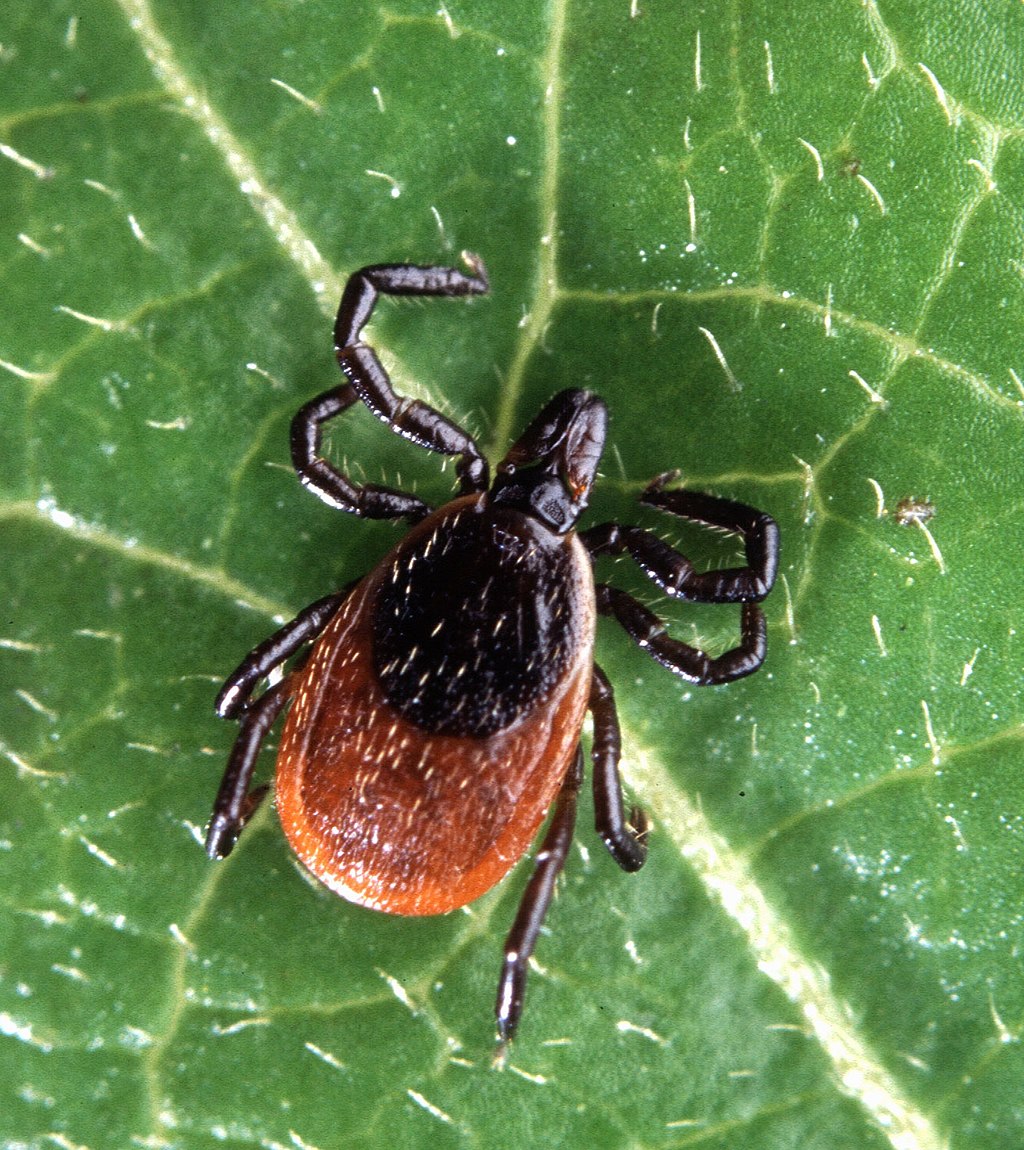
Deer ticks are a major concern across Barrington and the Seacoast region. They thrive in wooded areas, leaf litter, and shaded lawns. Adult ticks are about the size of a sesame seed, and nymphs—active during late spring and summer—are even smaller.
These ticks are the primary carriers of Lyme disease in New Hampshire and can also transmit anaplasmosis, babesiosis, and Powassan virus. Regular tick checks and treating outdoor areas are essential for Barrington residents, especially near wooded trails and stone walls.
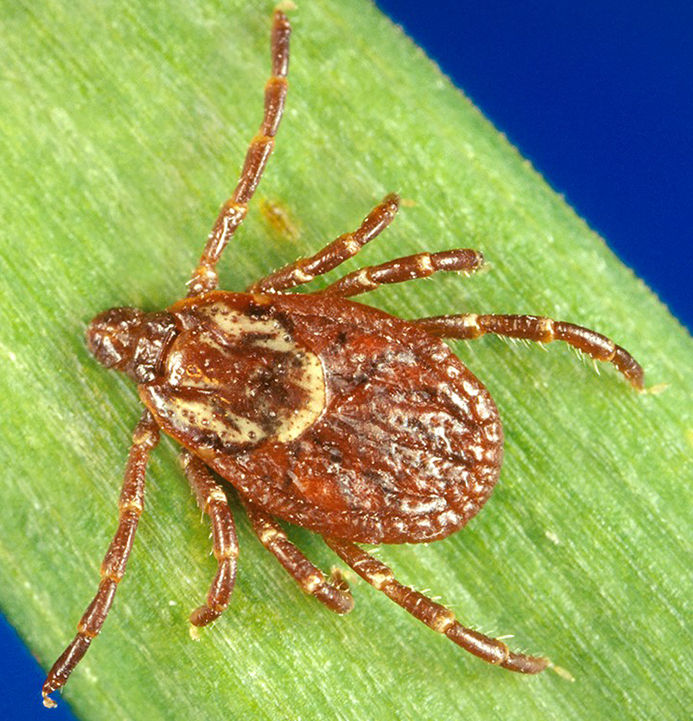
These larger reddish-brown ticks have white markings on their backs and are often found in grassy areas, fields, and along hiking paths.
Though they don’t carry Lyme disease, they are known vectors for Rocky Mountain spotted fever and tularemia. Pet owners in Barrington should be especially vigilant in spring and early summer, when these ticks are most active.
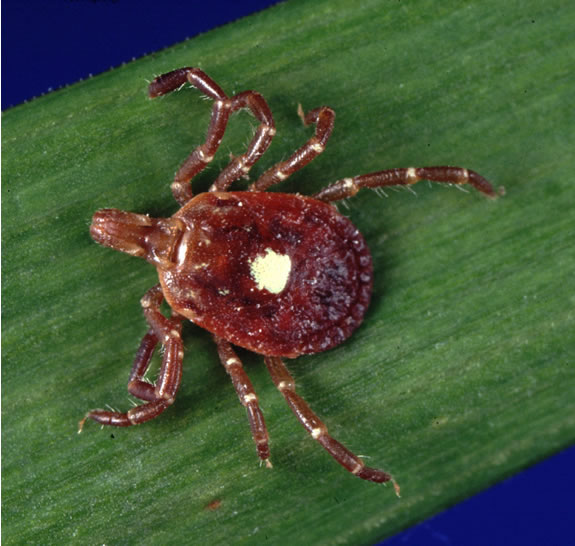
Though historically more common in the South, Lone Star ticks have been increasingly reported in southern and eastern New Hampshire. Females are identified by a distinct white dot on their backs.
They prefer dense underbrush and shaded forest edges and may cause bites that trigger allergic reactions to red meat (alpha-gal syndrome). Their expanding presence in Barrington highlights the importance of proactive tick awareness and prevention measures.
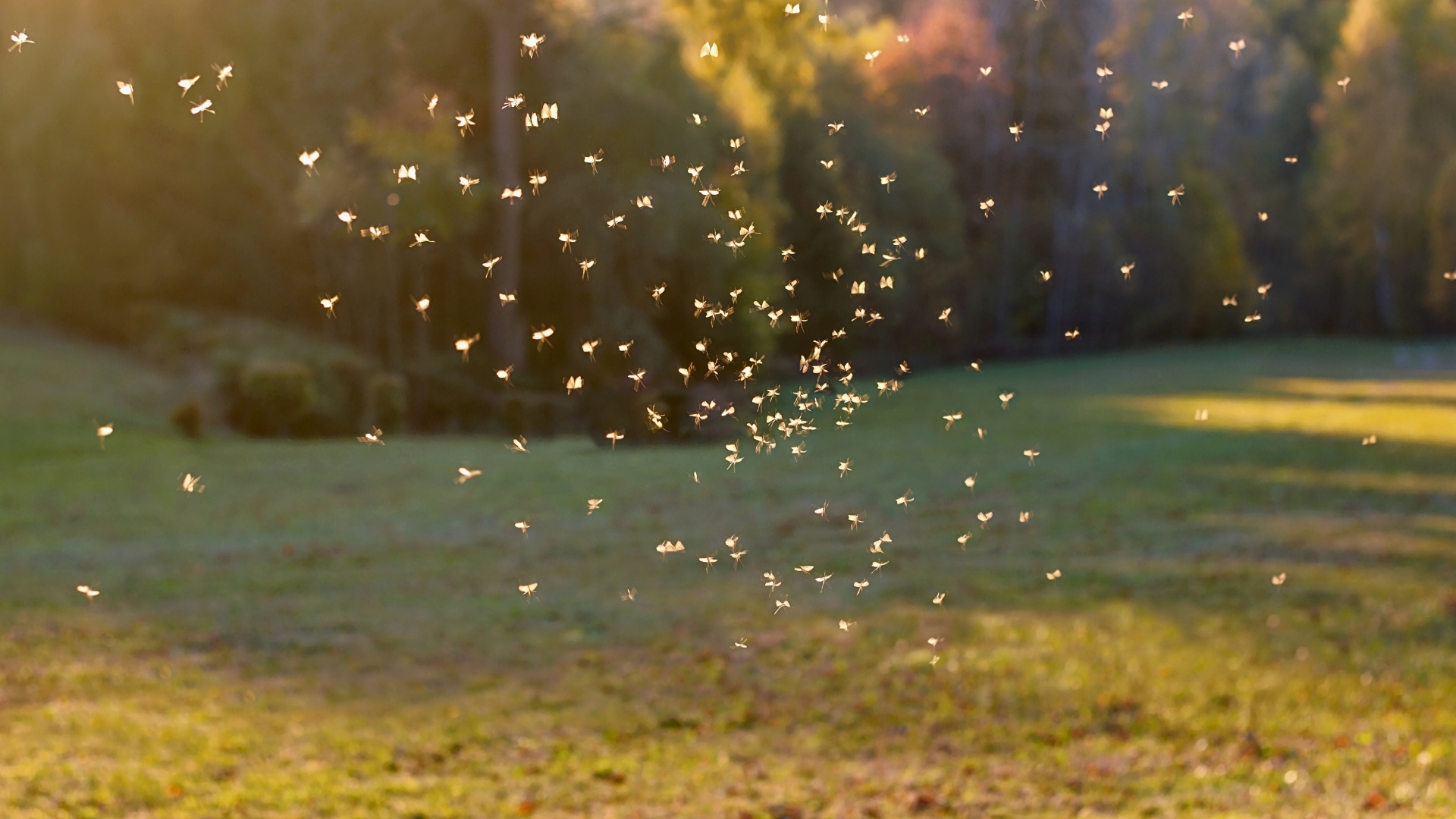
Understanding how weather patterns influence mosquito behavior during peak mosquito months.
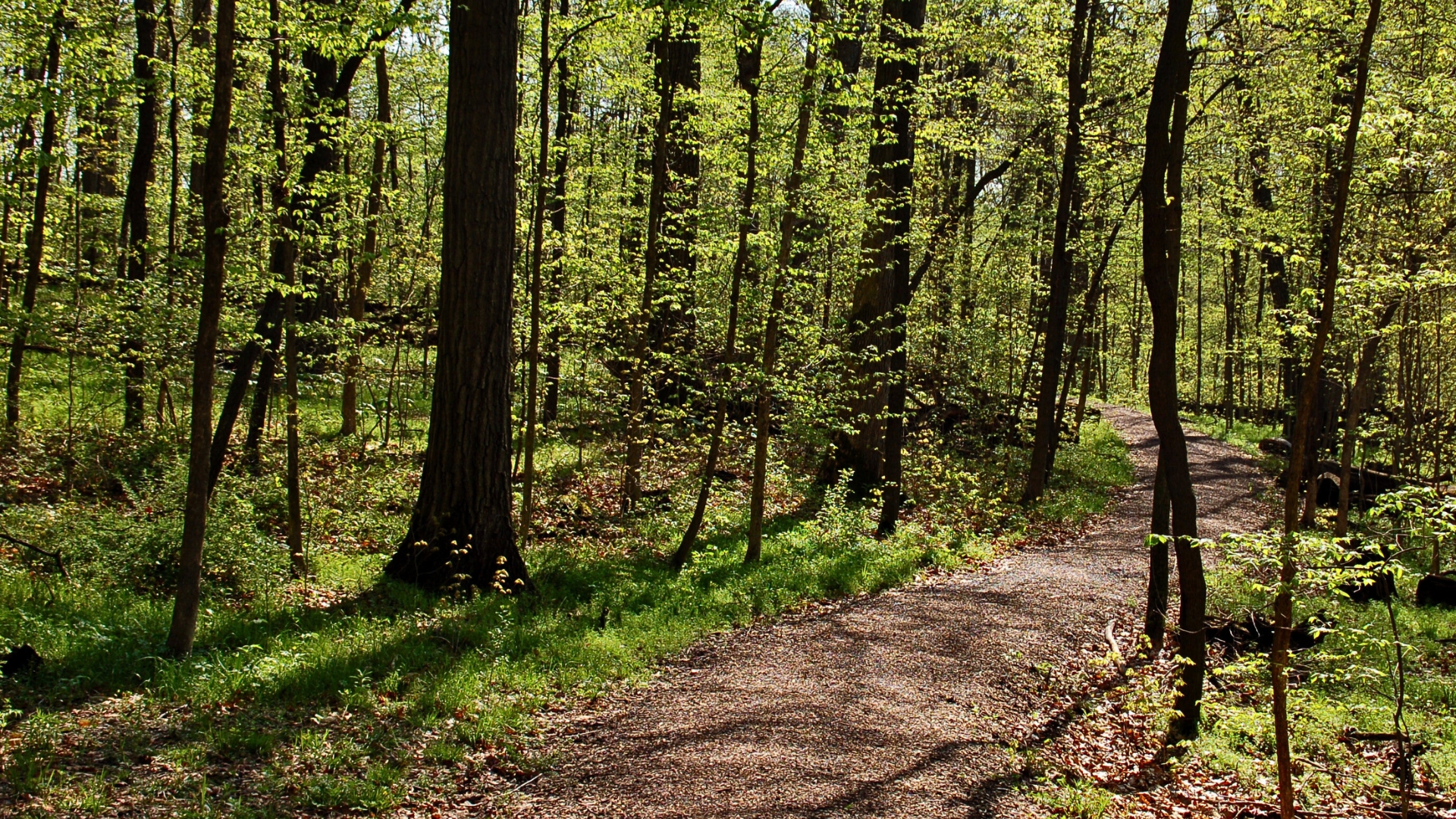
The combination of shaded forest canopy, damp leaf litter, and abundant wildlife makes these trails ideal tick territory

As warm, humid days roll into summer in Strafford County, mosquito activity peaks, raising concerns...
